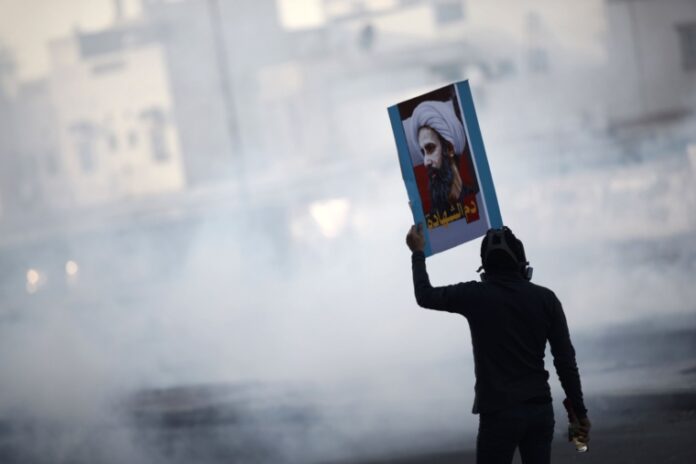According to international charities, Saudi Arabia executed 81 people over the weekend, with many of them subjected to torture and secret trials at the hands of the regime.
It is believed that half of those executed are thought to be from the country’s minority Shia region, which has seen frequent anti-regime protests since the Arab Spring in 2011.
The mass execution came forward of Boris Johnson visiting Saudi Arabia to hold oil negotiations with the country.
It has flared criticism of the Prime Minister’s willingness to align the UK with countries with atrocious human rights records – here’s everything you need to know.
The ratio of executed people by the Saudi regime?
According to Amnesty International, the latest mass executions bring Saudi Arabia’s total number of executions to 92 so far in 2022 alone.
Saudi Arabia has carried out two mass executions in recent years, but neither was on the same scale as the most recent killings.
In 2019, 37 people were executed at the hands of the regime, with the majority of those killed Shia men.
In 2016, 47 other people lost their lives in a mass execution that saw the death of renowned Shia cleric Sheikh Nimr al-Nimr.
While Referring to the most recent killings, Ali Adubusi, Director of European Saudi Organisation for Human Rights (ESOHR), stated that “This horrific massacre took place days after Mohammed bin Salman had announced that executions would be limited.
“It is the third such mass killing in King Salamn and his son”.
How do Saudi Arabia’s death penalty laws work?
Saudi Arabia’s current legal system is based on strict Sharia law, following an intense understanding of the Quran.
In public executions, executions are usually carried out by beheading with a sword, but they can also be carried out by shooting.
In early 2021, Saudi authorities announced changes to the country’s death penalty laws, effectively ending the death penalty for people under the age of 18.
They also declared that they would place a temporary ban on killings related to drug-related crimes.

